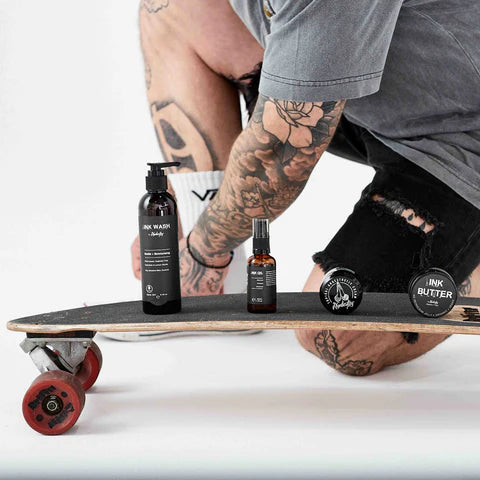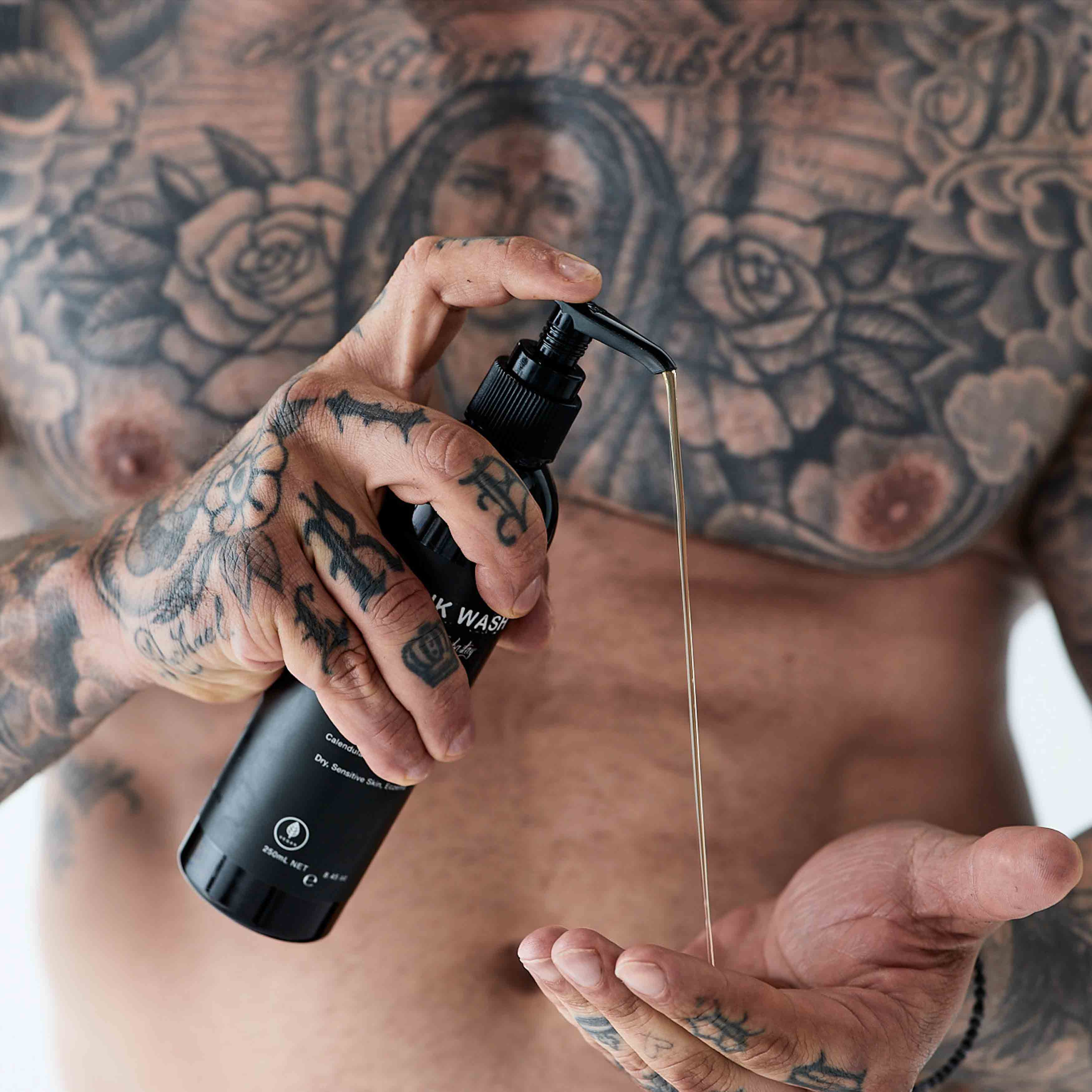Understanding and Preventing Tattoo Blowouts: A Comprehensive Guide
Tattoos have long been a form of self-expression and artistry, with individuals opting to permanently ink their bodies with meaningful designs and symbols. While advancements in tattooing practices and equipment have significantly reduced the occurrence of complications, one issue still lingers: tattoo blowouts.A tattoo cream blowout, though not incredibly common, can mar the beauty of a tattoo by causing the ink to spread beyond the intended lines of the design, resulting in a distorted image. Understanding how these blowouts happen and taking preventive measures can help ensure that your tattooing experience is as smooth and satisfying as possible.

How Does a Tattoo Blowout Happen?
To comprehend why tattoo blowouts occur, it's essential to grasp the anatomy of the skin. Human skin comprises three layers: the epidermis (outer layer), the dermis (middle layer), and the hypodermis (bottom layer). During the tattooing process, the ink needs to be deposited into the dermis layer to ensure its permanence.
Tattoo blowouts typically happen when the tattoo artist inadvertently penetrates too deeply into the skin, reaching the hypodermis layer. Unlike the dermis, which can hold the ink effectively, the hypodermis, composed of fat tissue, allows the ink to spread more easily. This excessive spreading leads to blurred lines and a distorted tattoo image.
Factors Contributing to Tattoo Blowouts
While the primary cause of a tattoo blowout is the depth of the needle penetration, several other factors can exacerbate the issue. These include:
- Artist's Expertise: The skill level of the tattoo artist plays a significant role in preventing blowouts. An experienced artist understands the proper depth at which to insert the needle to minimise the risk of ink spreading.
- Client Movement: Excessive movement by the client during the tattooing process can cause the needle to deviate from its intended path, increasing the likelihood of a blowout.
- Skin Thickness: The thickness of the client's skin, particularly in the tattooed area, can affect the tattooing process. Thin skin is more prone to blowouts as it provides less resistance to the needle.
- Aftercare Practices: Failure to follow proper aftercare instructions, such as cleaning the tattooed area regularly and avoiding activities that could stretch or irritate the skin, can lead to complications like infections and subsequent blowouts.
Addressing Tattoo Blowouts
Discovering a blowout in your new tattoo can be disheartening, but there are solutions available:
- Allow for Healing: Let your skin heal completely before attempting any corrective measures. Follow your tattoo artist's aftercare instructions diligently to promote optimal healing.
- Consider Cover-Ups: For minor blowouts, covering the affected area with a new tattoo design is an option. However, be prepared for potential alterations to the original design, including changes in size and colou
- Explore Laser Correction: Laser correction offers a more precise solution for removing excess ink caused by blowouts. While it can be costly and may require multiple sessions, laser treatment can restore the tattoo closer to its original appearance.
Preventing Tattoo Blowouts
Prevention is the best approach to avoiding the disappointment of a tattoo blowout. Here's what you can do:
- Research Tattoo Artists: Choose a reputable tattoo artist with a track record of expertise and professionalism. Look for reviews and recommendations to ensure a positive experience.
- Select Tattoo Locations Wisely: Opt for areas of the body with thicker skin, such as the upper thighs or calves, to reduce the risk of blowouts. Avoid thin-skinned areas like the wrist or top of the foot if you're concerned about complications.
- Prioritise Aftercare: Follow a strict aftercare routine recommended by your tattoo artist to promote proper healing and minimise the risk of infections and blowouts. Consider using products like antibacterial creams to nourish and protect your tattoos from day one.
By understanding the causes of tattoo blowouts and taking proactive steps to prevent them, you can enjoy the beauty of your inked artwork without the fear of distortion or disappointment. Remember, Numbastay a well-informed approach to tattooing ensures a positive and satisfying experience for years to come.



